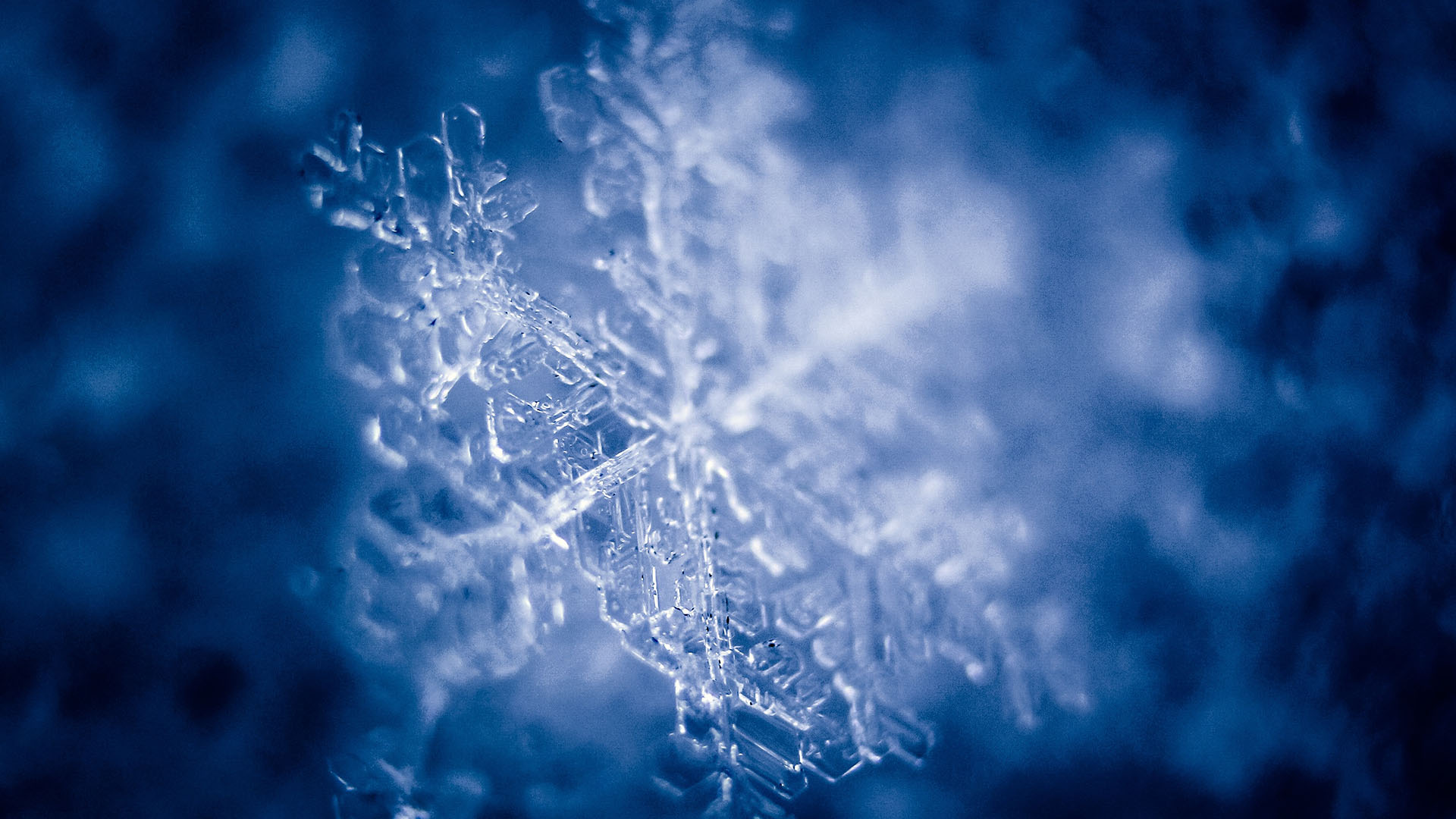
A New Paradigm on Aging
Unlocking the Secrets of Longevity
Acclaimed geneticist and molecular biologist Professor Miroslav Radman conducted an experiment to find the root cause of aging but what he discovered exceeded his expectations.
He unlocked some of the secrets of longevity within our cells.
His findings may help more of us to become centenarians. More importantly, we may live more healthy lives as we age, and without age-related diseases such as diabetes, Alzheimer’s and Parkinson’s.
Nature’s brutal solutions
Radman’s work looked at the living organisms capable of withstanding extreme conditions, such as super bacteria which survive radiation exposure equivalent to 1,000 times the lethal dose for humans. He hypothesized that the same physiological changes which enabled bacteria to adapt to hostile environments could be applied to how human cells age.
When a super bacteria’s DNA is destroyed by extreme conditions, only active, unoxidized proteins can repair the DNA. Protein protection, therefore, explains the extreme radiation resistance. An organism’s survival depends on the activity of its entire complement of proteins: the proteome, discovered Radman. Applying this to age management strategies, protecting the proteome which takes care of damaged DNA is more important than protecting the DNA itself.

Professor Radman and NAOS: a shared vision of aging
Radman is also the founder of the Mediterranean Institute for Life Sciences (MedILS). In 2006 Radman partnered with Jean-Noël Thorel, a pharmacist-biologist and founder of NAOS — a purpose-driven skincare company with a mission to create a disruptive but respectful approach to skincare, rooted in its three brands: Bioderma, Institut Esthederm, and Etat Pur.
The collaboration set the next step in Professor Radman’s age-related research: by protecting the proteome with a shield of natural specific protective molecules, age-related damage, even inborn predisposition to disease, could be targeted.
Protecting the proteome to preserve the skin’s youthfulness
The scientific research partnership enabled NAOS AGING SCIENCE’s research teams to work on the cutaneous application of the findings.
NAOS follows principles of ecobiology — the art of preserving the skin ecosystem by reinforcing its natural mechanisms. They believe that rather than over-treating the skin, it must be assisted to continue to function properly and healthily. Yet again the scientists turned to super bacteria to extract the best protector of the proteome — bacterioruberins, molecules that act as an antioxidant chaperon-like shield.
Isabelle Benoit, NAOS Scientific Committee member, echoes the excitement about the discovery. “The proteome is a dynamic network of complementary proteins designed by centuries of evolution to allow the skin to self-repair, self-renew and maintain health and functionality throughout time and aggressive environments,” she says. “Protecting the proteome maintains the skin’s natural balance and empowers the skin to remain the actor of its health.”

Healthy longevity
Other research professionals have taken interest in the role of proteins in age-related diseases. Louise Serpell, Professor of Biochemistry and a Director of Sussex Neuroscience has studied the protein misfolding and aggregation associated with Alzheimer’s disease for over 20 years.
Alzheimer’s disease is caused by the deterioration of brain function, brain atrophy and neurodegeneration. The pathological hallmarks of Alzheimer’s are the accumulation of two different proteins in the brain. Professor Louise Serpell’s work aims to understand how these proteins misfold and aggregate in the disease process.
Today Radman is enthusiastic because after four decades of academic research on the mechanisms of DNA repair and mutagenesis, he “felt a need to tackle a profound human problem that concerns everybody— the biology of aging and age-related diseases that cause up to 90% of overall mortality.”
Our biological limits are set by genes. If the project succeeds, we could live up to 120 or 130 years of age.
Professor Miroslav Radman
His latest project is informally known as Everybody Centenarian. “At MedILS there is a statue of DNA made of barbed wire to represent that we are slaves to our genes”, he says. “Our biological limits are set by genes. If the project succeeds, we could live up to 120 or 130 years of age.”
And the potential doesn’t stop there. “To live beyond 130 years, we’d have to modify our physiology, i.e., our genome,” he says. The research of NAOS and Radman could prove crucial in the quest for living healthier lives for longer.

